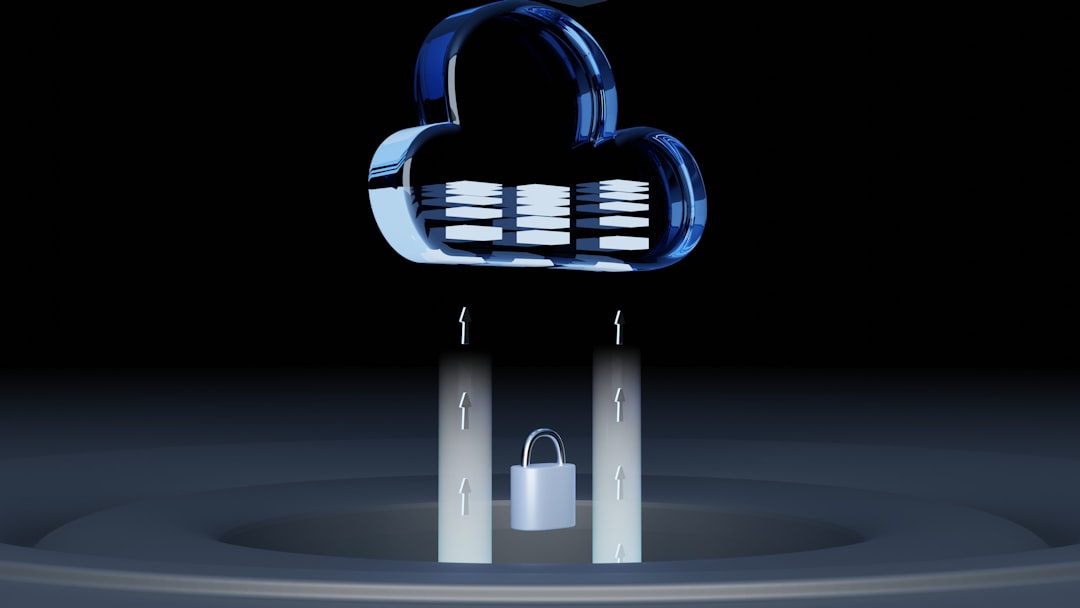Deploying a robust and efficient Direct to Film (DTF) service through a WordPress platform has become increasingly popular for small to medium print shops and entrepreneurs. However, as demand increases and customers seek seamless purchasing experiences, it becomes vital to focus on three critical aspects of the build: hosting, caching, and backups. Together, these elements ensure security, scalability, and performance for a DTF WordPress platform.
The Importance of Hosting for DTF on WordPress
WordPress is a flexible and user-friendly platform, especially when integrated with eCommerce plugins like WooCommerce for selling products such as printed DTF transfers. However, not all hosting environments are created equal. For a DTF operation, choosing the right hosting provider can make or break your business.
Reliable hosting ensures that your WordPress site runs fast, remains secure, and is resilient to traffic surges — especially during promotional events or seasonal spikes in order volume. Hosting can be broadly categorized into:
- Shared Hosting – Budget-friendly but limited in performance and scalability. Not ideal for growing DTF businesses.
- VPS Hosting – Offers better performance and control; suitable for mid-sized operations.
- Dedicated Hosting – Best for high-traffic DTF platforms with advanced customization needs.
- Managed WordPress Hosting – Optimized specifically for WordPress, offering security, speed, and automated maintenance.
For a scalable DTF service, Managed WordPress Hosting is often the best choice as it streamlines updates, includes security features by default, and ensures backups are taken regularly.

Implementing Caching for Speed and Scalability
In the world of online printing services, speed is not just a convenience—it’s a necessity. Slow-loading sites can increase bounce rates and reduce conversions, impacting both UX and revenue. That’s where caching comes in.
Caching stores parts of your website data in a temporary storage location so that it can be served to new users much faster. There are different types of caching mechanisms that can be implemented on a WordPress-based DTF website:
- Page Caching – Stores static versions of entire pages to serve them instantly.
- Browser Caching – Tells the visitor’s browser what to store locally, such as CSS files or images.
- Object Caching – Stores the results of expensive database queries.
- CDN (Content Delivery Network) – Distributes your content across global servers to decrease load times worldwide.
Some of the most reliable plugins for caching in WordPress include WP Rocket, W3 Total Cache, and LiteSpeed Cache. These tools allow for easy integration with CDNs and custom rules that suit a DTF site’s unique needs, such as dynamic product previews or custom order builders.
With numerous product SKUs, on-the-fly pricing algorithms, and customer design uploads, it’s important to strike a balance between caching performance and dynamic content rendering. Expert configuration is crucial.
Security Measures in Hosting and Caching Setups
Security should never be an afterthought, especially when handling customer data, payment information, and proprietary print designs. Hosting and caching solutions should also include:
- SSL Certificates – Ensure all communication is encrypted.
- Firewall Protection – Prevent malicious attacks like SQL injections and DDoS attacks.
- Two-Factor Authentication (2FA) – Add a second layer of login security for administrators and staff.
Make sure your hosting provider includes daily malware scans and real-time monitoring. Plugins like Wordfence or Sucuri can also augment WordPress security by defending against unauthorized access and malicious scripts that can target your caching systems or core files.
Automated and Redundant Backups
Backups are your safety net. If things go south due to a plugin failure, a botched update, or even a cyber-attack, having a clean and up-to-date backup allows you to restore your DTF site to full functionality quickly.
There are two main types of backups:
- Full-Site Backup – Includes every file and database entry required to restore your site.
- Incremental Backup – Backs up changes since the last backup, saving server resources and storage space.
Top WordPress backup plugins include UpdraftPlus, BlogVault, and Jetpack Backup. Many of these tools offer cloud-based storage options like Google Drive, Dropbox, or AWS for additional redundancy.
A good backup strategy includes:
- Daily or Real-Time Backups for eCommerce sites.
- Off-site Storage so that even if your server is compromised, your data isn’t lost.
- Automated Integrity Checks to ensure backups are not corrupted.

Scalable Architecture for Growth
Scalability ensures that your DTF service can grow without significant re-architecture or downtime. Use scalable infrastructure like:
- Elastic Hosting – Hosting environments like AWS or Google Cloud that can scale resources based on demand.
- Docker Containers – Useful for isolating environments and managing microservices.
- Headless WordPress – Separate the frontend and backend for high-speed APIs and modern interfaces.
Consider using queue systems for high-volume tasks like design rendering or bulk order processing. You can also add async processes when integrating with shipping APIs or design generators, so that users don’t experience lag.
Conclusion
A successful, secure, and scalable DTF operation on WordPress hinges on three key pillars: strong hosting, optimized caching, and reliable backups. With the proper technologies and best practices in place, businesses can not only serve their customers better but also grow sustainably without compromising on performance or security. As the custom printing niche continues to grow, the right infrastructure will define the leaders in this competitive space.
FAQ
- What is the best hosting option for a DTF WordPress site?
- Managed WordPress Hosting is highly recommended due to optimized performance, security features, and ease of use. For more advanced configurations, consider scalable cloud hosting like AWS or Google Cloud.
- Can caching affect how dynamic content is displayed?
- Yes, caching static versions of pages can lead to misrepresentation of dynamic content like updated pricing or custom designs. It’s important to configure caching exclusions for those segments of the site.
- How often should I back up my WordPress site?
- For a DTF eCommerce platform, it’s best to perform real-time or daily backups, especially when there are frequent customer orders and updates.
- Is a CDN necessary for a small DTF website?
- While not mandatory, a CDN can dramatically improve speed and performance for users in remote locations, enhancing user experience even for smaller operations.
- Are free backup plugins sufficient?
- Free plugins can be a good start but often lack features like off-site storage, automation, or real-time syncing. For mission-critical businesses, premium tools provide better reliability and support.
